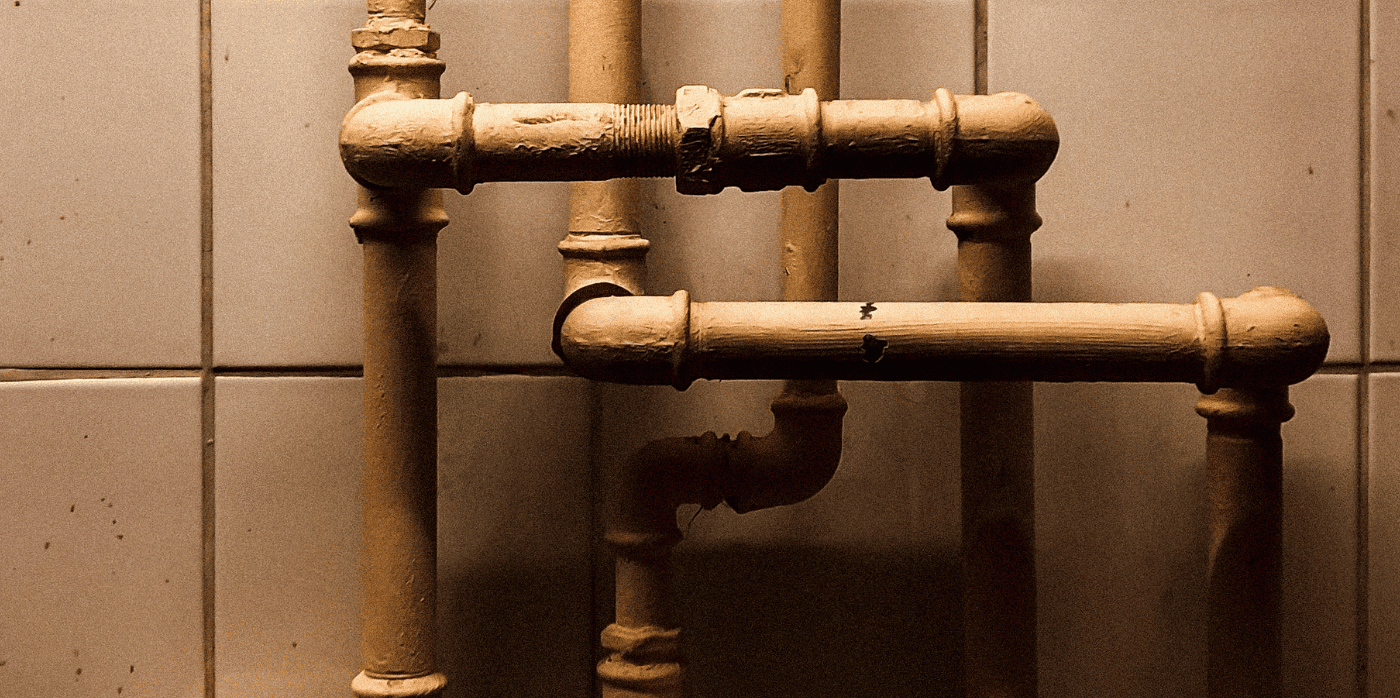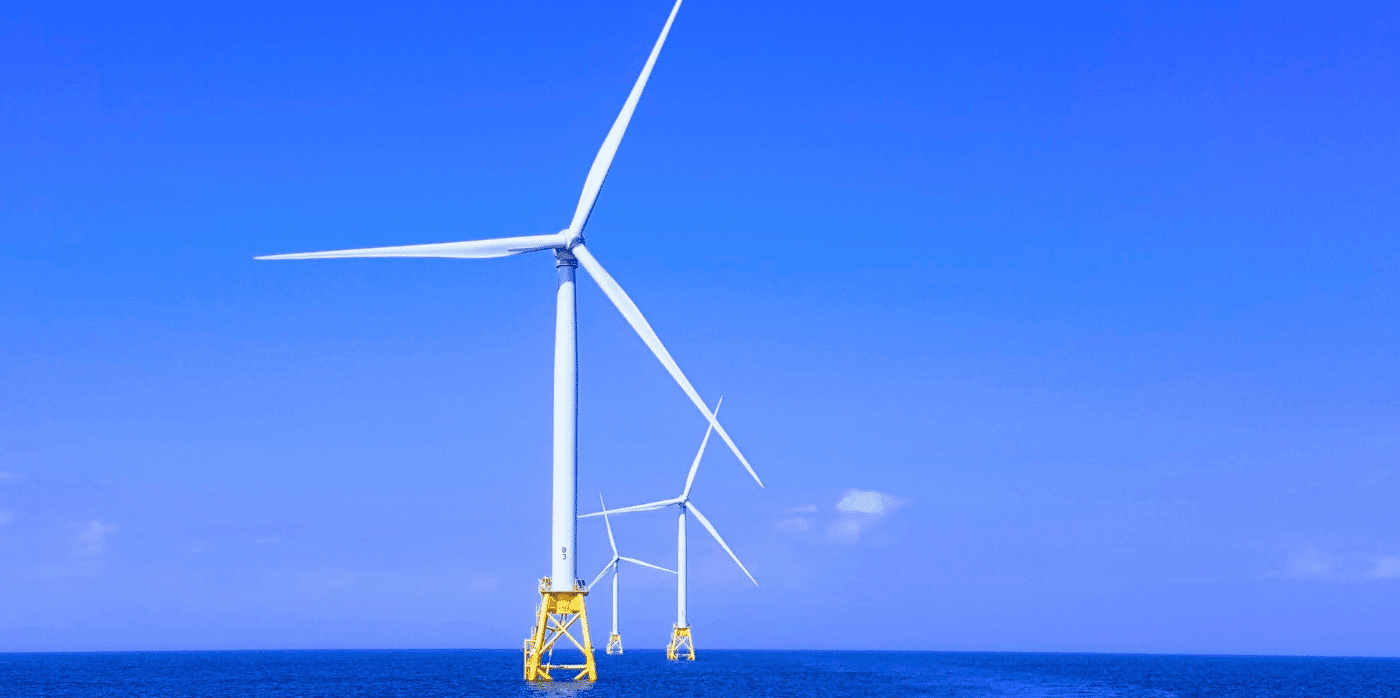AI monitors leaks and water use through sound

Spotted: The average American family uses more than 300 gallons of water at home each day. And while water is essential for a whole host of daily activities, a lot of it is wasted, whether through user behaviour or leaks.
In fact, startup Conservation Labs has calculated that, in the US, the cost of unwanted water use amounts to $62.64 billion per year. To tackle this issue, the company is deploying machine learning and sound-monitoring sensors.
When water flows through a plumbing system, whether to a toilet, a sink, or a bathtub, it creates a distinct sound. And machine learning algorithms can be trained to identify different sound patterns and what they mean for the system.
Conservation Labs’ technology, called H2Know, uses a WiFi-connected sensor, which is attached to a house’s inbound pipe. This sensor can be clipped onto the pipe easily and links to a user-friendly app that provides continuous water use monitoring.
Users can compare their usage to weekly averages, and the system provides email and text notifications for leaks. The technology can also integrate with a third-party water shut-off device, which kicks in if a catastrophic leak is detected.
Other water-saving innovations spotted by Springwise include greywater-recycling showers, a system that recycles household water, and a fibre optics system that detects leaks.
Written By: Matthew Hempstead


